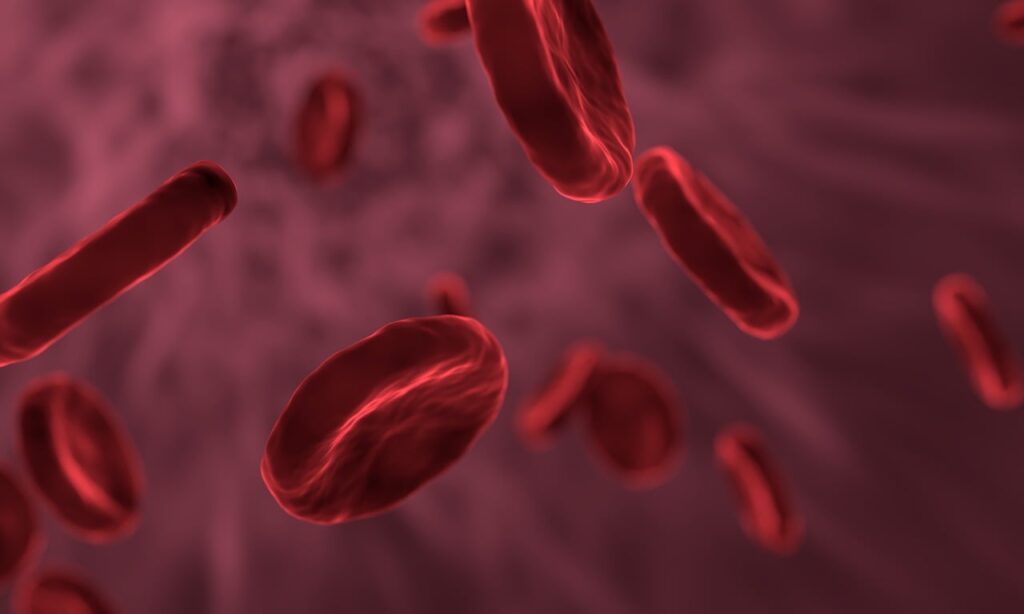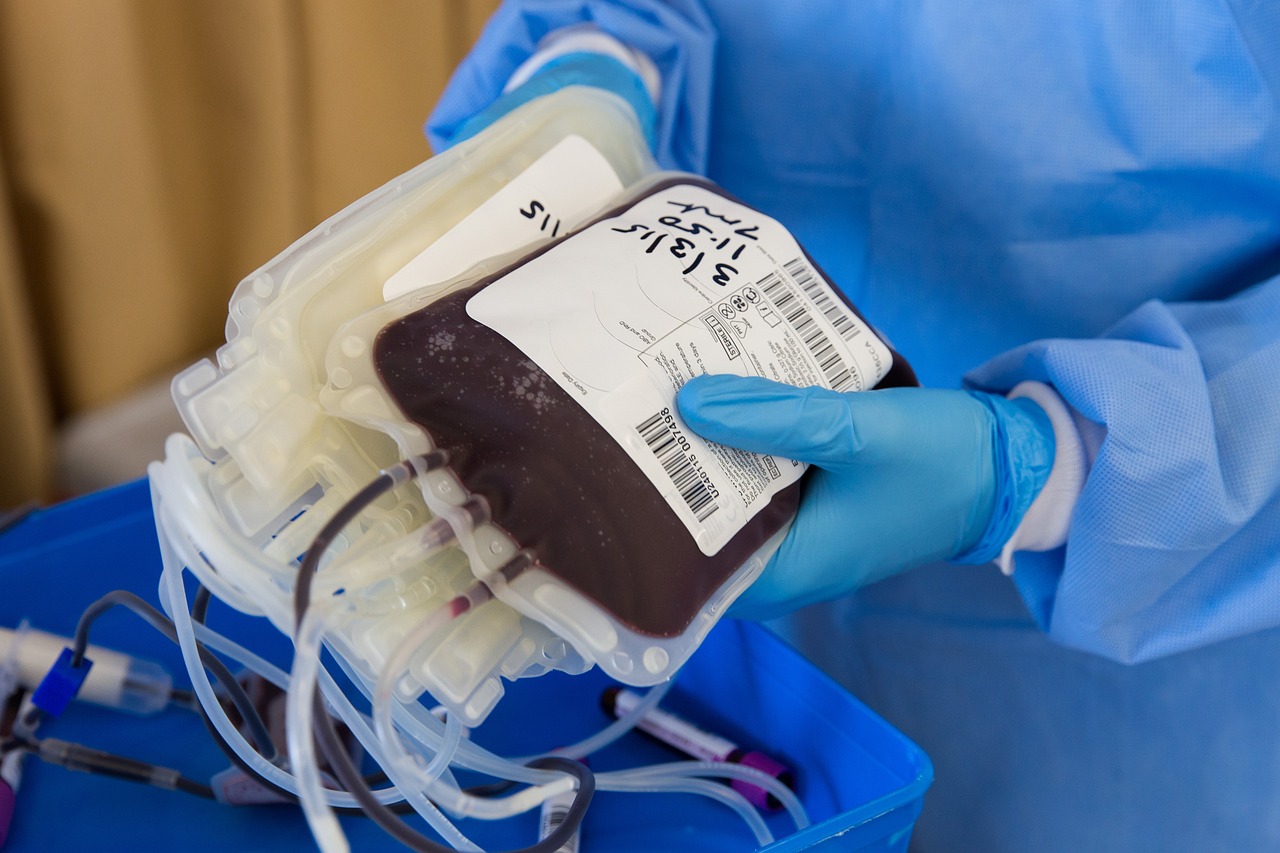Table of Contents
Why blood purification is necessary?
A kidney is the major function of detoxing our body . The major excretory product is the name of the area, excess water and waste products are filtered out of the body
Kidneys produce urine to filter out waste materials through the name of urination

What is blood purification?
Blood is the essential body fluid for life. Its main role is to circulate essential parts throughout the body and carry toxic waste away from the blood cells. So, this article explains how to clean your blood and the purification process naturally.
Why blood cleaning and purification?
The increase of toxins in our blood affects major operations like transport, regulation and protect
Transport – blood carries oxygen from the lungs to the body’s cells for metabolism and carbon dioxide from the cells back to the lungs.
– Nutrients are delivered to the cells and waste products are removed by the blood.
– The blood also transports hormones.
Regulate- blood helps maintain body temperature, pH level, and water balance.
Protect- The white blood cells and platelets protect the body. Platelets clot and stop bleeding, while white blood cells destroy harmful microorganisms and fight infections.
To ensure that the blood can effectively perform these functions, one method is to purify or cleanse the blood. So, how can you purify the blood? Blood purification therapy is a commonly utilized method for cleansing the blood outside the body in various medical conditions. The process of blood purification starts with eliminating toxins and harmful agents from the blood circulation and then returning the purified blood to the patient.
Which Organ Purify Blood in Human Body?
The human body has a system that handles the detox process and eliminates toxic wastes from the blood. A healthy individual’s liver, kidney, and lungs are efficient in performing these tasks. The liver, located in the upper right side of the abdomen, is primarily responsible for converting food into energy. It is critical in filtering and converting toxins such as alcohol, harmful metals, and some drugs into harmless substances. The body eliminates this waste once it absorbs the filtered nutrients from the toxic substances. The kidneys, two bean-shaped organs, also filter waste and harmful products, purifying the blood and releasing toxins from the body in the form of urine.
Here are some other organs that are involved in blood purification:
– Intestines
– Lymphatic system
– Skin
– Spleen
Keeping these organs healthy is important for maintaining clean blood.
Blood Purification Process:
Medical professionals use blood purification therapy in critical care, life support for organ failures, and management of metabolic and immune disorders.
The process involves
- filtration
- dialysis
- absorption
tailored to the patient’s health condition and symptoms.
Filtration
The most common blood purification process is filtration, which uses blood purification devices to filter and return clean blood to the patient. In 2020, the FDA authorized some blood purification devices to treat severe COVID-19 pneumonia. Hemodiafiltration (HDF) combines convection and diffusion to help with inflammation, anemia correction, and oxidative stress.
Dialysis
Dialysis removes waste and excess fluids from the blood when the kidneys stop functioning properly.
There are two types of Dialysis treatments :
Hemodialysis:
Hemodialysis is a blood purification treatment where blood is pumped out of the body and circulated through a dialyzer machine.
This process filters impurities from the blood, such as urea, potassium, and extra fluids, and returns the filtered valuable parts of the blood to the patient’s body.
Hemodialysis is one of the most popular blood purification processes, and patients can do each four-hour session in dialysis clinics or at home three times a week on alternate days.
Peritoneal Dialysis:
Peritoneal Dialysis is a blood purification process that occurs inside the body, where the cleansing liquid flows through a tube into the patient’s stomach and waste is released from the patient’s body once the blood is clean.
Absorption:
Absorption blood cleaning techniques like hemoperfusion and plasma perfusion can selectively remove specific compounds from the blood. This involves supplying blood through a column containing an adsorbent combined with a particular compound to remove it based on its properties. One popular method is Coupled Plasma Filtration-Absorption or CPFA, which separates plasma from the blood using a filter and circulates it in a sorbent cartridge. The purpose is to remove hydrophobic molecules that other blood purification techniques may not effectively eliminate.
Signs of Toxin Buildup in Your Body
– Excessive urination
– Vomiting
– Diarrhea
– Constipation
– Difficulty sleeping
– Fatigue
– Headaches
– Runny nose
– Change in body odor
– Skin issues
When you’re not feeling well, it’s important to focus on blood purification. Here are some home remedies to clean your blood:
1. Drink plenty of water to help your kidneys and organs filter your blood. Aim for eight glasses of water daily.
2. Coffee and green tea can support liver health, reducing the risk of chronic liver disease and fat deposits.
3. Try detox juices like lemon juice and apple cider vinegar with baking soda to help balance pH levels and eliminate waste from the blood.
4. Maintain a healthy weight by avoiding fatty and processed foods and consuming healthier options.
5. Exercise regularly to sweat, breathe more, and improve blood circulation, which helps in purifying the blood.
Some fruits and vegetables that can help clean your blood:
– Apples
– Basil
– Blueberries
– Beetroot
– Cranberries
– Cruciferous Vegetables
– Dandelion
– Garlic
– Grapefruit
– Jaggery
– Parsley
– Roselle
– Turmeric




